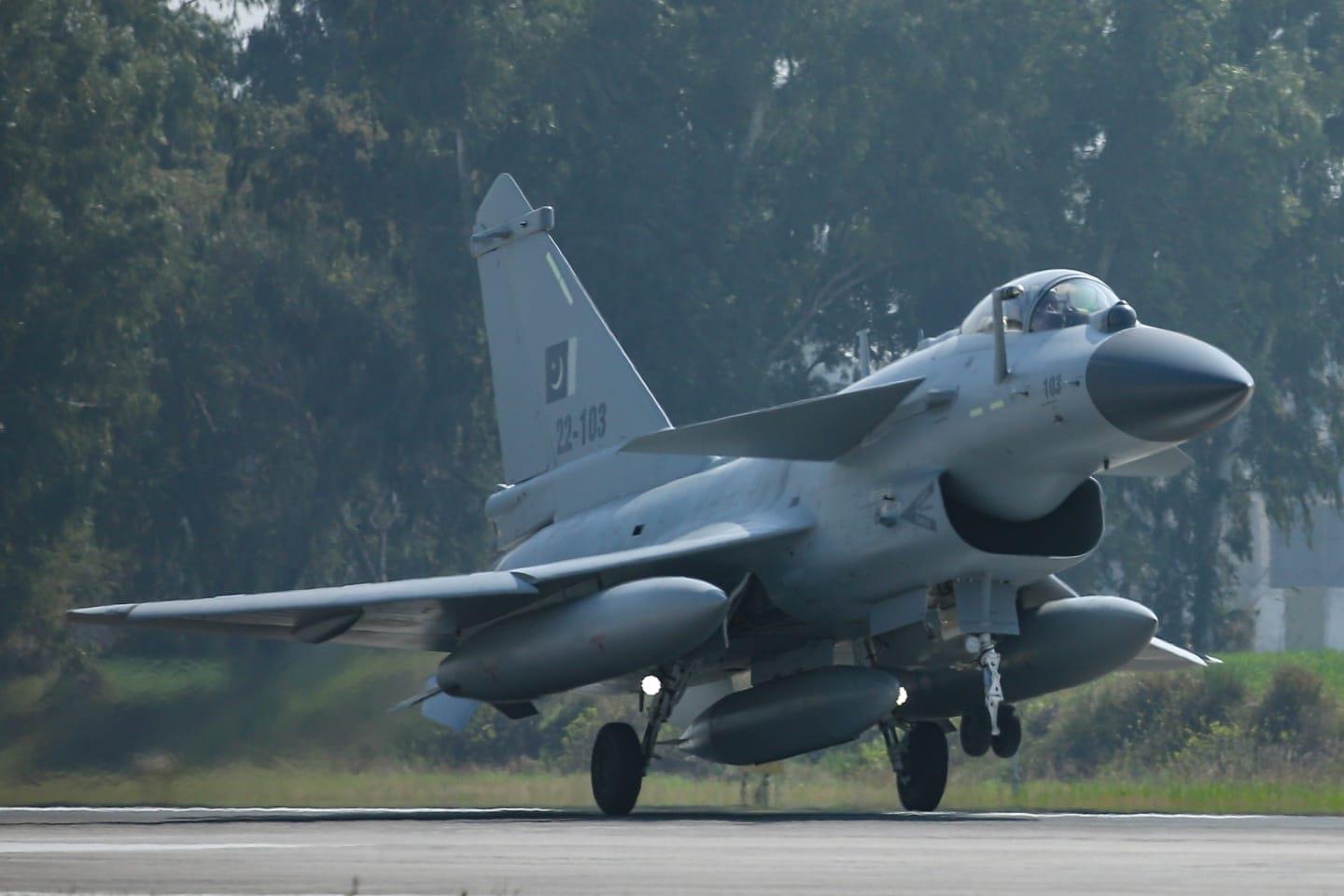India is striving for self-reliance in developing indigenous fighter jets, with plans to launch the fifth-generation Advanced Medium Combat Aircraft (AMCA) program in 2024. However, by the time the AMCA becomes operational, China aims to have 1,000 J-20 'Mighty Dragon' 5th-generation jets in its arsenal.
China, the second country to deploy an operational 5th-generation fighter, is now advancing towards 6th-generation technologies. The J-20, a twinjet all-weather stealth fighter by Chengdu Aerospace Corporation for the People's Liberation Army Air Force (PLAAF), first flew in 2011 and was revealed in 2016. Entering service in 2017, the PLAAF already has over 200 J-20s, targeting 400 by 2027 and 1,000 by 2035. Some J-20s are positioned less than 150 kilometers from India in the Sikkim region.
The J-20 is designed for air superiority and precision strikes. Currently, the Indian Air Force (IAF) counters with 36 French-built Rafale jets, stationed at the Hasimara air base in West Bengal, close to where J-20s are deployed.
Despite issues with jet engines, China’s early deployment of stealth aircraft gives it a significant lead in maturing 5th-generation capabilities compared to India's AMCA, which is still in the development phase. Retired Air Marshal Anil Chopra highlighted that India is still evolving technologies for its fifth-generation aircraft, including aero-engines, AESA radars, EW systems, and AI-based avionics.
There is pressure within India to accelerate its timeline. The Cabinet Committee on Security (CCS) approved Rs. 15,000 crores ($1.9B) in March 2024 to develop the AMCA. The Aeronautical Development Agency (ADA) under the Defense Research and Development Organisation (DRDO) will lead the project, with manufacturing by Hindustan Aeronautics Limited (HAL).
HAL is currently focusing on producing more LCA Mk1A jets to fulfill IAF orders before progressing to the LCA Mk2 and then the AMCA. The ADA asserts that the 25-ton twin-engine AMCA will be on par with or superior to other 5th-generation fighters globally once completed.
Air Marshal Chopra suggested that India consider collaborative routes, like joining the GCAP or the French-led FCAS program, to share costs and risks. The IAF’s reliance on aging third-generation jets, while neighboring adversaries rapidly upgrade, adds urgency to the situation. Pakistan might even acquire a fifth-generation fighter before the AMCA.
India's initial quest for a next-gen fighter began 15 years ago with a collaboration with Russia on the Fifth Generation Fighter Jet (FGFA). However, delays and missed deadlines have plagued the DRDO. The AMCA project, originally expected to produce a prototype in three years, now faces a timeline of seven years for its first flight and ten years for induction, pushing initial expectations from 2027 to 2035.
IAF Chief Air Chief Marshal VR Chaudhari advised caution, recommending foreign partnerships for alternative systems if domestic development falters. DRDO Chairman Samir Kamat’s revised timeline aligns with this cautious approach.
Former IAF veteran Vijaindra K Thakur warned about the risks of project delays and technological shortfalls, emphasizing the need for the CCS to stay vigilant about the AMCA’s impact on the IAF’s combat readiness. Balancing self-reliance with operational capability remains crucial for India's defense strategy amidst growing regional threats.






